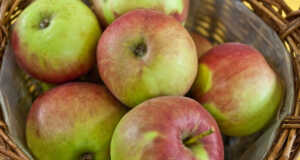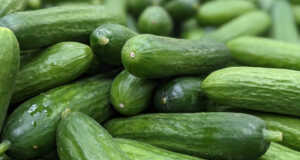Go into any grocery store, and you’re bound to find a variety of onions in many shapes, sizes, and colors. Yet is there really a difference between all the onions? Does using one type of onion alter the way a recipe tastes? Here is a quick list showing the differences between onions and which onions you want to use for which recipe.
Red Onions
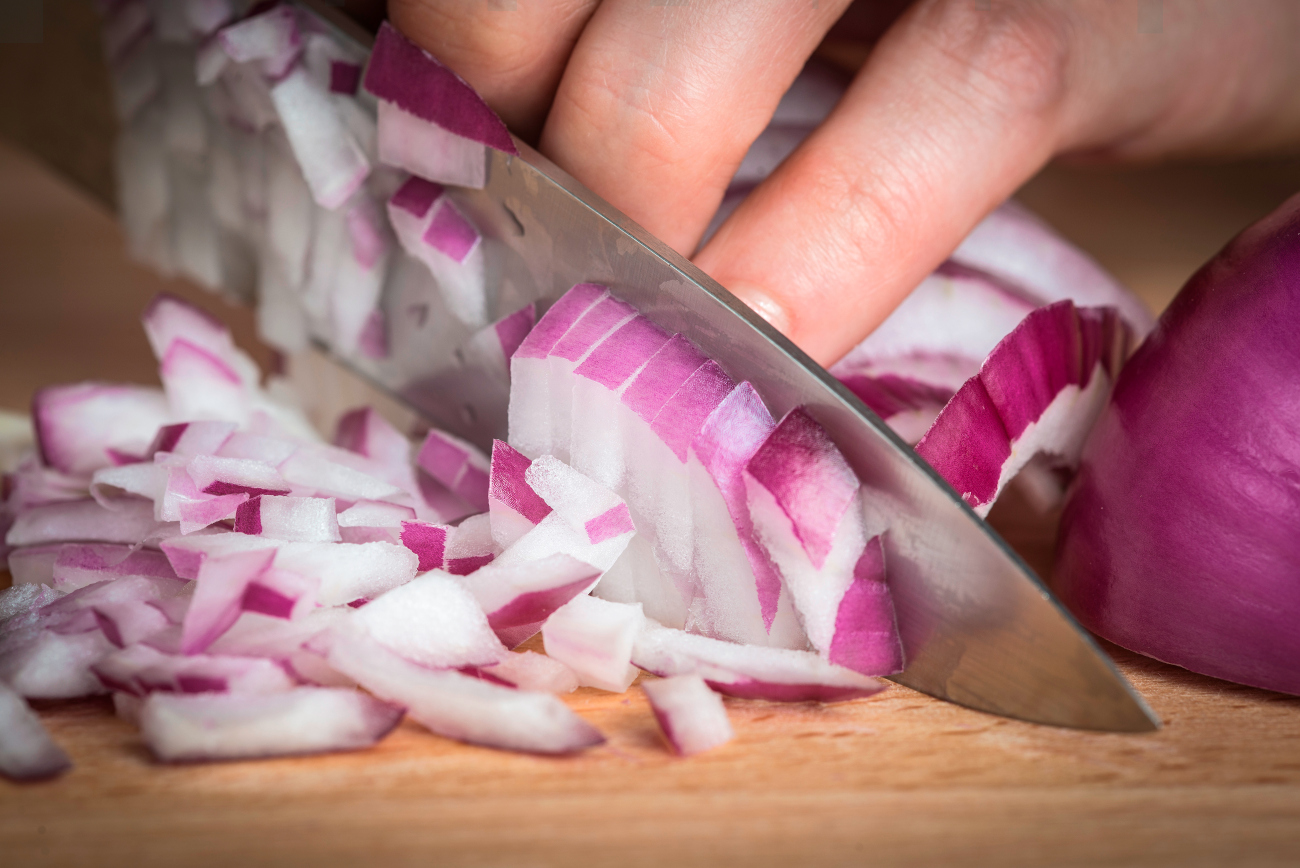
While they are bright and colorful, red onions don’t bring the heat and sharp onion flavor that you’d expect from something with that sort of color. The raw spiciness from the red onion doesn’t hit you at first and comes after you start digging in and chewing. Red onions give the greatest visual pop to a plate and have a great crunch factor. In a raw form their bright, vibrant color is great for raw salads, salsa, dips, and guacamole. When cooked, the vibrant hue turns into a diminished, softened purple tone, so keep that in mind if you want to have something with a colorful contrast.
Yellow Onions
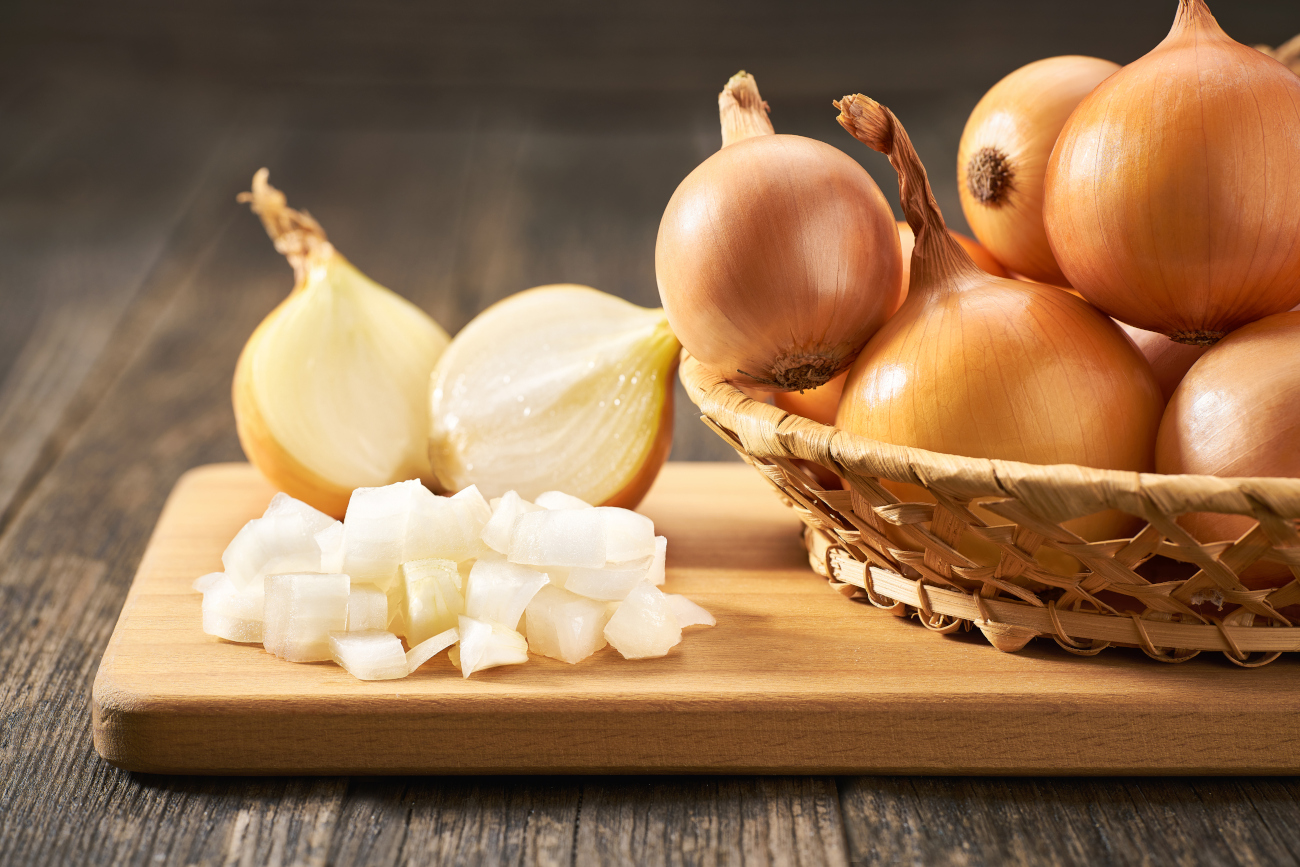
Yellow onions are probably the most used onions of the bunch, especially since they are the most affordable and are often the ones sold in bulk bags. These onions pack the most oniony punch, having a great sharp almost acidic bite that’s almost as spicy as a hit of wasabi or hot sauce. Yet when cooked, yellow onions release an amazing sweet aromatic fragrance. Yellow makes are great for recipes that call for caramelized onions, as their sharpness melts into sweetness when cooked low and slow. It is also a great onion for curries, soups, and stews.
White Onions
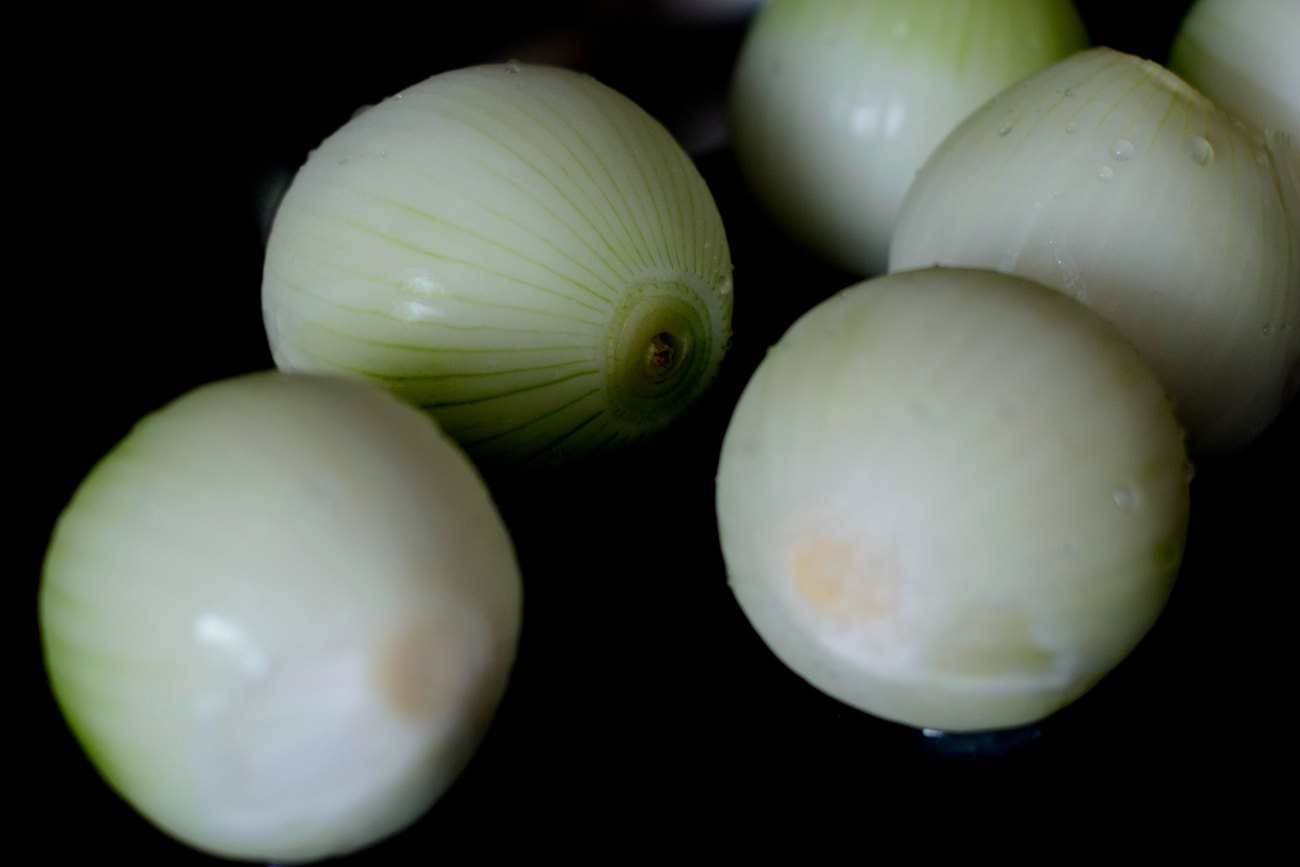
White onions are probably the most misunderstood onion of the bunch. When pulled back, Its pale papery coating reveals an onion shaded with the most delightful tone of spring green. It doesn’t have the crunch factor of a red onion nor the spicy heat of a raw yellow onion. Still, a white onion is pleasantly fruity and sweet when raw, ending with a bit of an astringent, bitter note at the end. White onions are great cooked or grilled with red meat, poultry, and fish, as their sweetness is amplified even further when cooked.
Spanish Onions
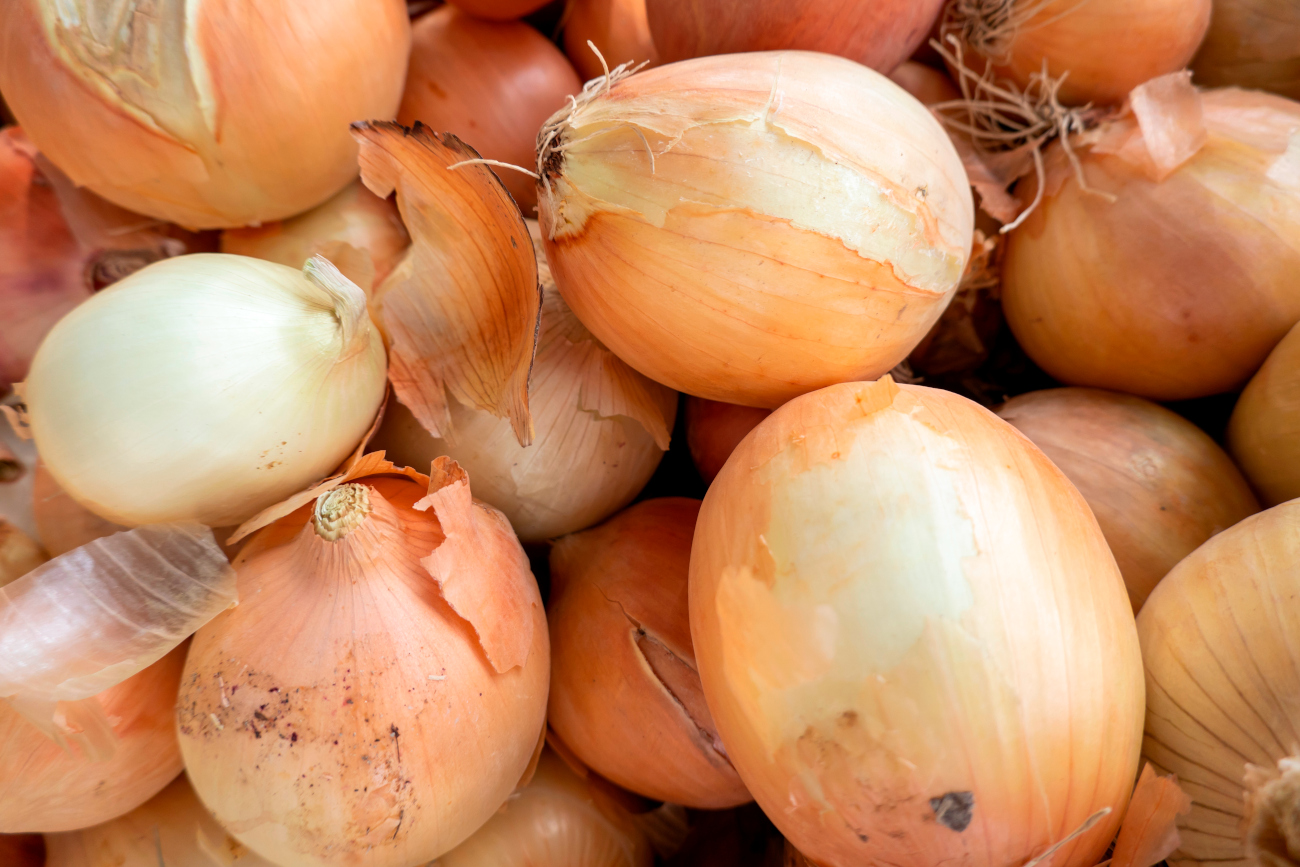
Besides their much larger size, it’s hard to differentiate between Spanish onions and yellow onions. They have the same color and texture, yet it’s their taste that really sets them apart. They are much milder without a strong stand-out flavor profile — they don’t have much sweetness, acidity, or bitterness. This onion is good for those who don’t want a strong oniony flavor. It’d be a good onion for a pasta dish that doesn’t require a lot of cooking or where you want the flavors of the vegetables to shine through, like pasta primavera, sautéed roasted asparagus, or buttered pan-cooked peas.
Sweet Onions
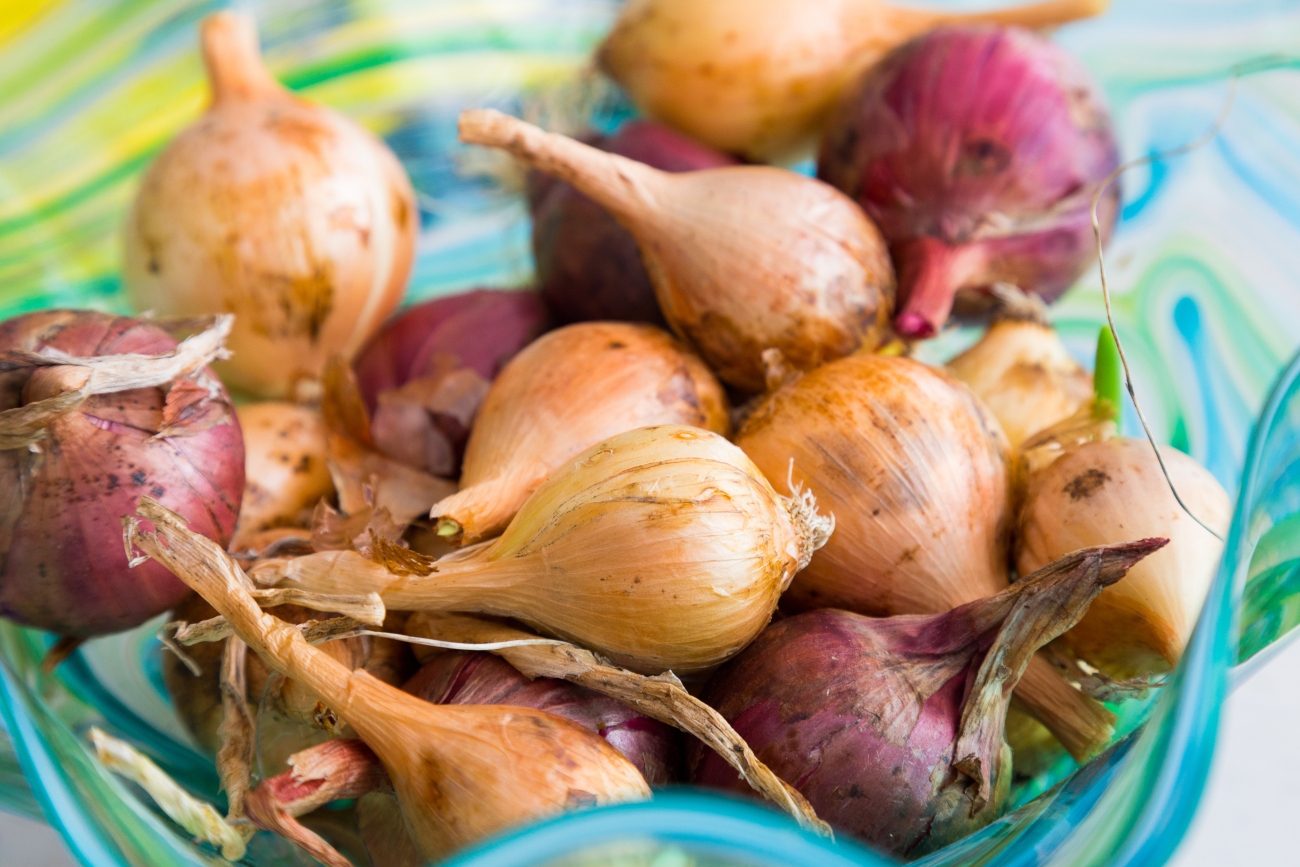
Sweet onions is an umbrella term for specialty onion breeds like Vidalia from Georgia, Walla Walla from Washington, and Maui from Hawaii. These are some of the most popular breeds of sweet onions grown in the US, and they are loved for a reason. Their unusually everlasting sweet and delicate flavor makes them a winner in dishes that are cooked both for a long and short time. While they can be eaten raw, they don’t have the same crispy bite as a red or yellow onion. Still, they are great for quick frying as they have a pleasant sweetness when flash-fried and have a tender melt-away texture beneath the coating of batter for fried blooming onions or onion rings.






